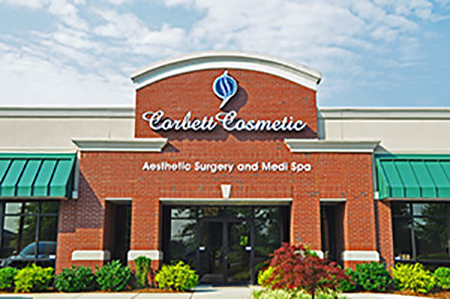No!!!!
I get this question, not infrequently, from patients interested in implants. Typically it is a younger woman whose family member is trying to scare her out of doing the surgery. The answer is a resounding “NO”!
There currently is no link, nor has there ever been any connection between implants and breast cancer, or any kind of cancer. The whole silicone gel investigation never asserted that cancer was a problem. That claim was that the silicone, if it escaped from the implant, would give women one of a long list of connective tissue disorders like fibromyalgia, rheumatoid arthritis, lupus, chronic fatigue to name a few. But, Cancer was NEVER on the list.
Futhermore, when women with Breast Cancer have reconstruction, we use the very same implants to reconstruct their breasts as we use for augmentatin. Obviously we wouldn’t put a cancer causing device in a woman who already has cancer.
Now, on the flip side, there is a recently publised early European study with indicates women with breast implants seem to be getting breast cancer less often than expected. What they did was look at a set number of women with implants and then apply typical cancer rates for the countries(Sweden and Denmark) for all types of cancer. What they found out was that while the other types of cancer were found in the study group at expected percentages, the group had fewer cases of breast cancer than predicted. ( International Journal of Cancer, Volume 124 Issue 2, Pages 490-493)
Now, it is way too early to run around saying that breast implants ward off breast cancer, but as we sit here in 2009 there is zero evidence to link implants to breast cancer.
Lee Corbett, MD
www.CorbettCosmeticSurgery.com
502.721.0330
All posts on this blog are authored by Louisville plastic surgeon Dr. Lee Corbett. Dr. Corbett specializes in plastic surgery including breast augmentation, breast lifts, breast reductions, and Louisville, Kentucky breast reconstruction.





